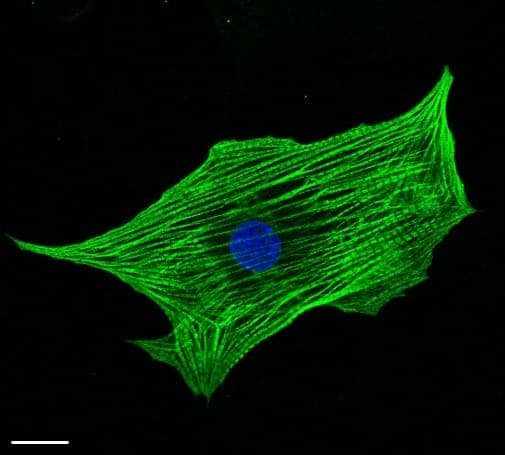It’s the phoenix of skin grafts!

Researchers at the University of Toronto (UoT) are working to give burn victims their skin back. The team has developed a new process by which stem cells are retrieved from the burned skin and used to speed up recovery. Such a treatment option would greatly improve the chances of survival for those involved in fires or industrial accidents, as well as their quality of life to boot.
The team plans to start human trials by early 2019.
Skin to ashes, ashes to skin
“Because we’re using actual skin stem cells, and not from some other part of the body, we believe the quality of the skin will be better,” says Saeid Amini-Nik, a professor in the UoT Faculty of Medicine
“You want skin that stretches normally. In burn patients skin gets scarred and they have trouble moving joints because skin is not elastic.
Current procedures call for the removal and discarding of burned skin as medicinal waste. Collagen dressings are then applied to the site to protect the injury while it’s healing. This can take up to several months, however, during which patients are at high risk of developing (often fatal) infections.
Given the limitations of the current approach, researchers have long been interested in using stem cells to heal burns. Such cells were harvested from samples of organs from themselves or other patients/donors (such as umbilical cords, for example), which comes with its own host of problems:
- Tissue incompatibility, leading to high rejection rates for the grafts.
- Difficulties harvesting stem cells from the patients themselves. The cells used in such treatments are most often derived from undamaged portions of a patient’s skin or bone marrow. However, burn victims who need treatment with their own stem cells are usually those who have suffered extensive injuries — usually covering more than half of their bodies. Their extensive burns already pose a significant, potentially fatal risk, and they’re already at a high risk of infection. Surgically removing the skin or marrow needed for the treatment thus poses a real risk to their survival.
The team’s new approach started with them looking for live stem cells in samples of discarded dermis taken from burn victims. It was virtually unheard-of up to now, as it was considered a fool’s errand. The UoT researchers themselves hoped to find even one living cell in such samples — they were astonished to find thousands (even a million in one case) of living, usable cells in the burned tissue.
A preclinical trial involving animal models showed that adding human dermis stem cells to the collagen dressings improved healing speeds by 30%. There were no cases of rejection, and the stem cells naturally created skin to cover the wounds. The team hopes to see higher regrowth rates in the upcoming human trials, as they will be using human cells on people.

Image credits Gepstein Laboratory.
Amini-nik says the team expects the healing process to happen “very fast, possibly days instead of weeks or months,” which would be grand. Speed is key in healing burns, as each day spent with open wounds that need fresh dressings increases the chance of developing an infection — the baseline risk is already very high, and “sometimes [patients] die of sepsis.
Another major plus is that “using a patient’s own stem cells also won’t raise ethical issues,” the team explains.
“Much faster healing would be a major step forward,” says Amini-Nik. “We also believe this will be better for quality of life: Itching and inability to sweat are big problems for burn patients. We believe if we use the stem cells from the very same organ, we’ll grow better skin. ”
“Our goal is no death, no scar, and no pain,” adds Marc Jeschke, paper co-author. “With this approach we come closer to no death and no scar.”
The paper “Stem cells derived from burned skin – The future of burn care” has been published in the journal EBioMedicine.


